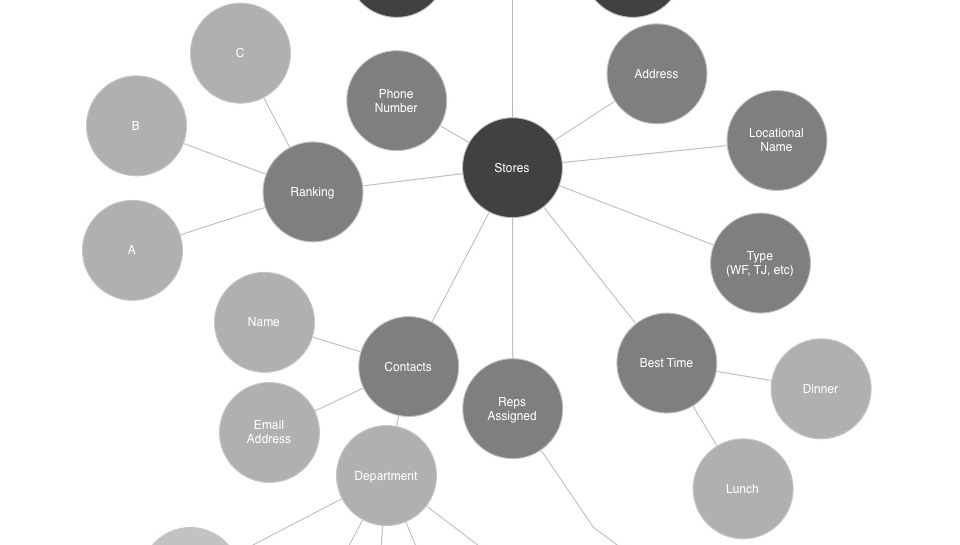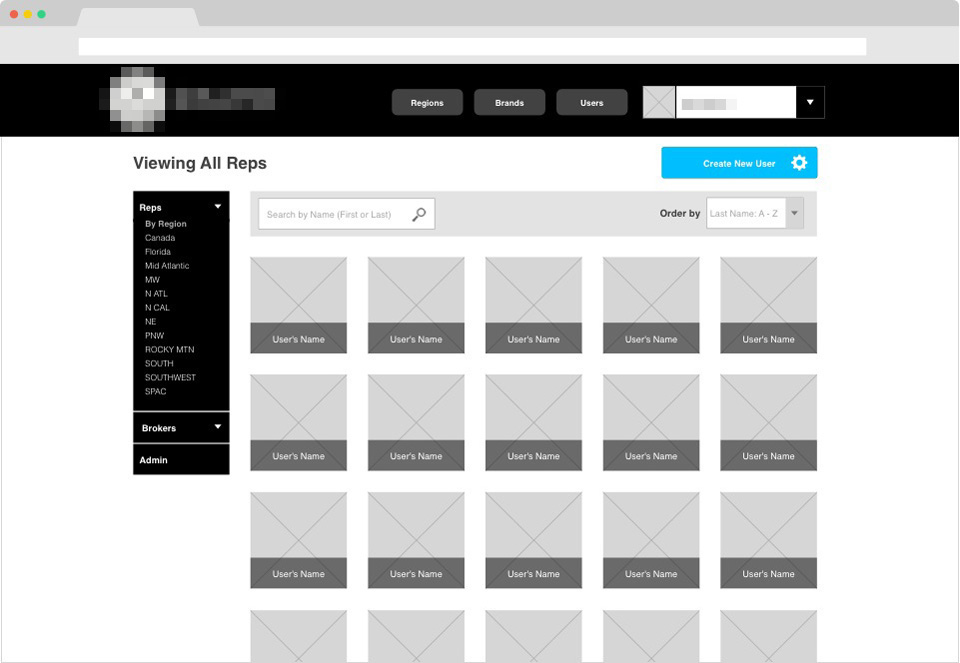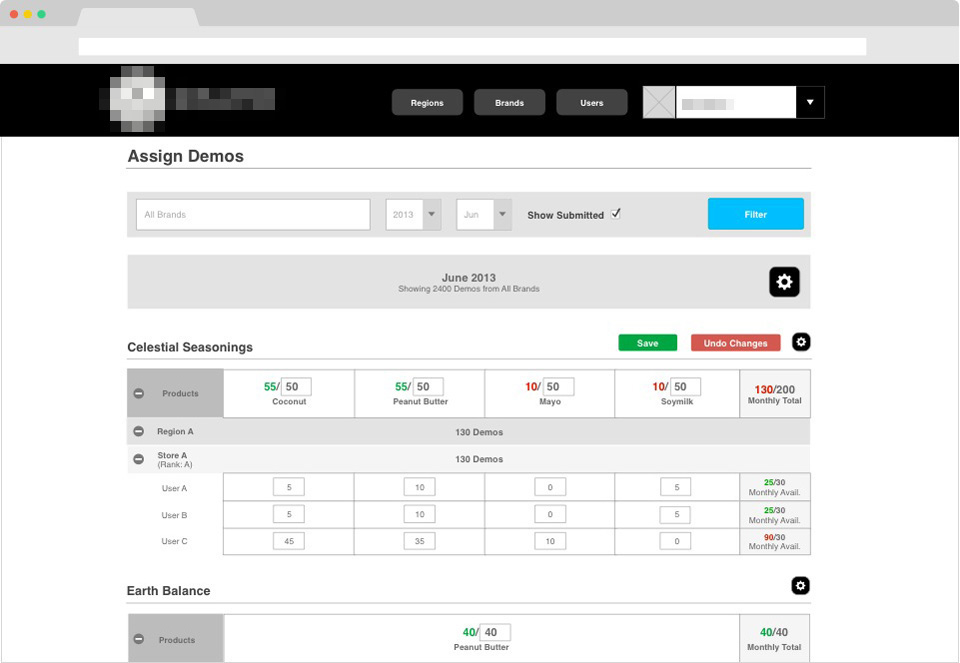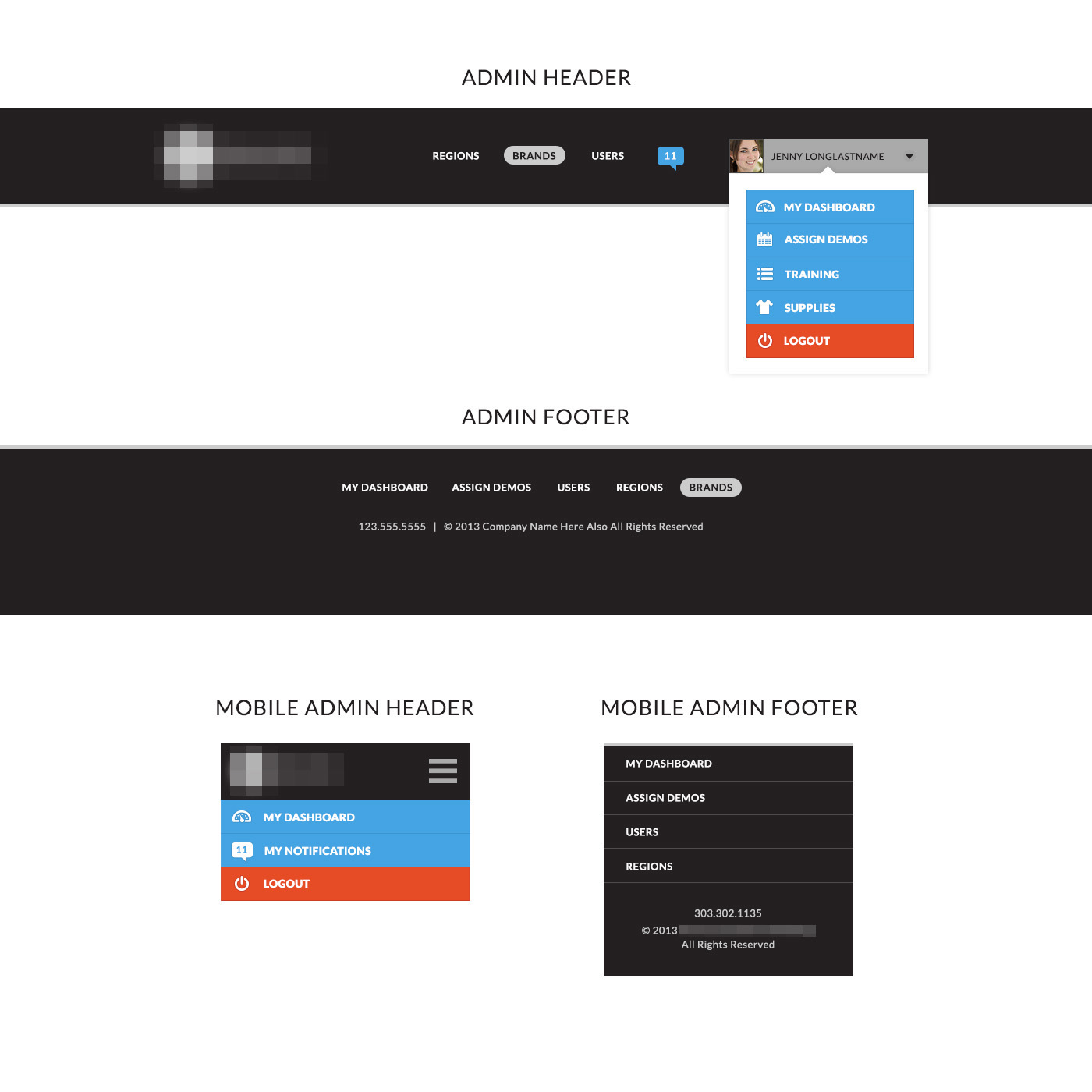User Research
A solid client that wants to know what their users want and most of all; what they need. A client like this is a rare but amazing one to have. I did my homework on the application and what the business does to make money and what they will do to make more. To help the client I ran a workshop to further understand the business targets and distractions for this short engagement. This is a piece of post workshop documentation that displays the clients strengths, weaknesses, opportunities, and threats.

By having the client verbalize what the job duties of each employee does, I was able to segment out who needs the system improved the most in many different ways; job type, tenure, and so on. The client sent me down this road:

With the audience of interest being vast, I sent out a quantitative survey asking all employees what their behavior is like. There was a wealth of responses that conflicted with the businesses understanding of what the employees need. They weren't far off from the target, but as we see in the graph below there is some interesting information on how the busiest of people may not be the best.
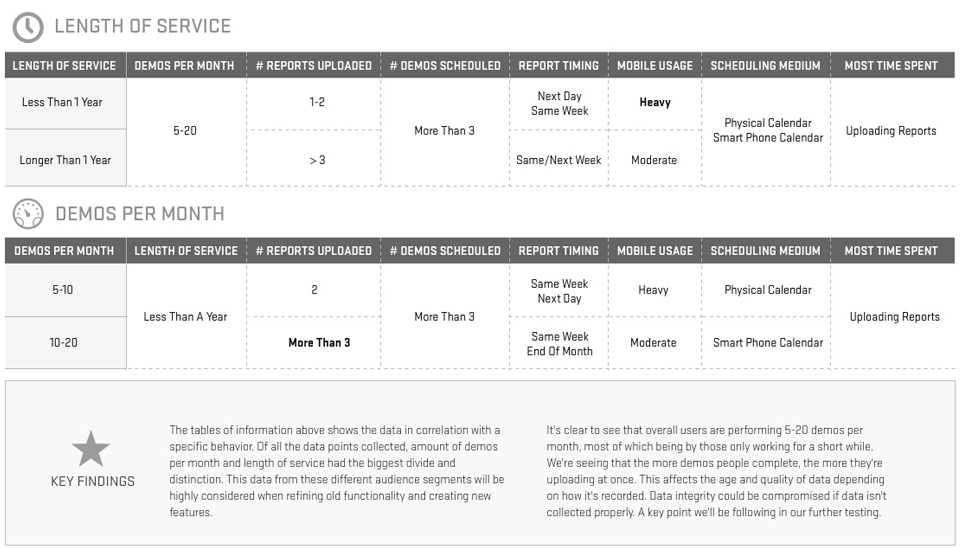
The client initially wanted to add mobile support out of the gate because of blinding use of mobile devices. I was in their favor, only because I love designing for both, but suggested we see what our users technology allows for. We also learned that phone usage during demonstrations was discouraged.
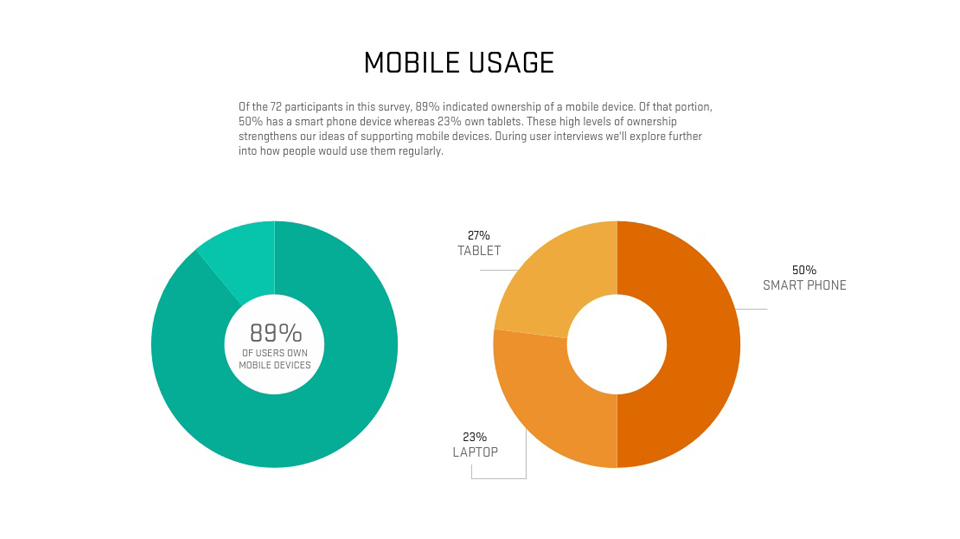


With both qualitative and quantitative data in hand; I produced a matrix of characteristics, behaviors, problems, and requests by the main 3 types of users of benefit. Overall the current application was ok, but the users were really tolerant of the system due to how good the management is to their staff. A new system with basic usability fixes like entering dates properly, ability to retrieve your password, and easier uploading of documents.

From here we start getting serious; we have our business and users thinking about the same needs. Now it's time to extract data for the application.

